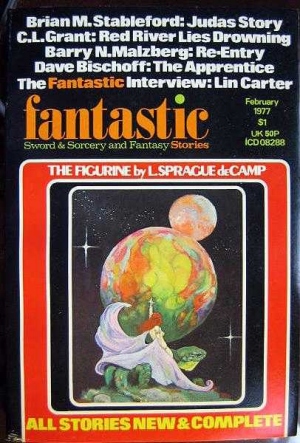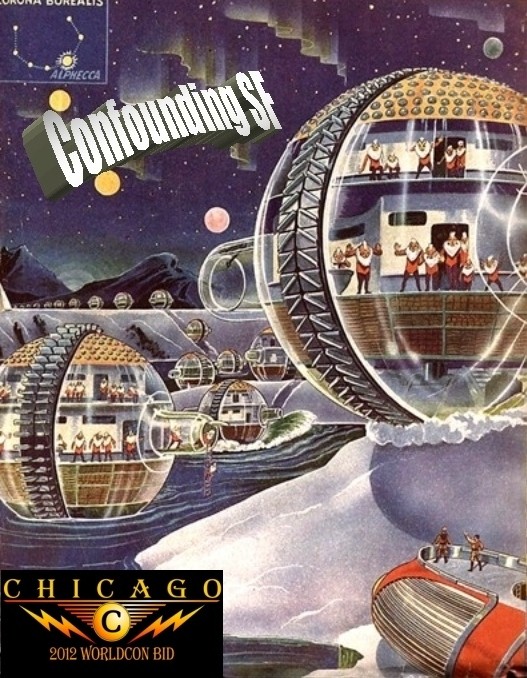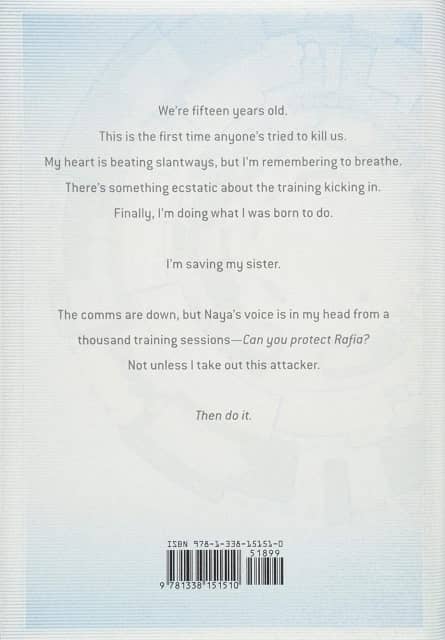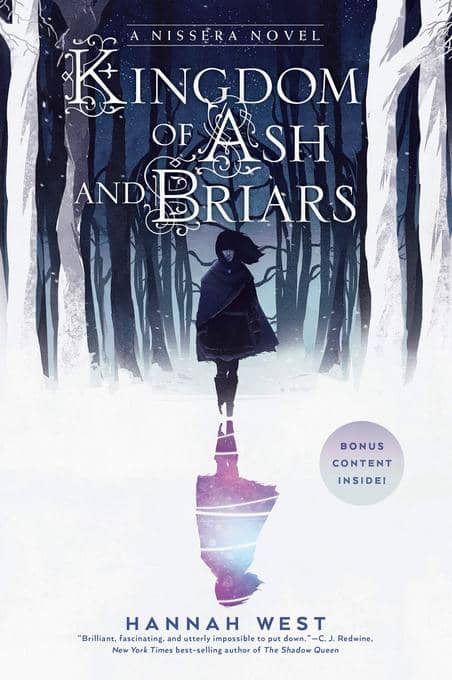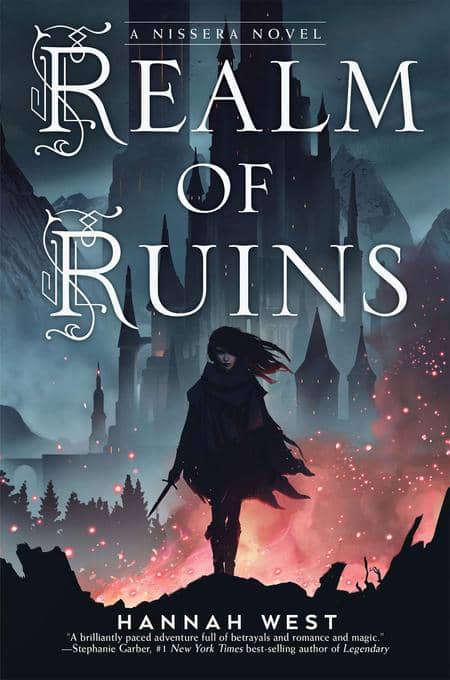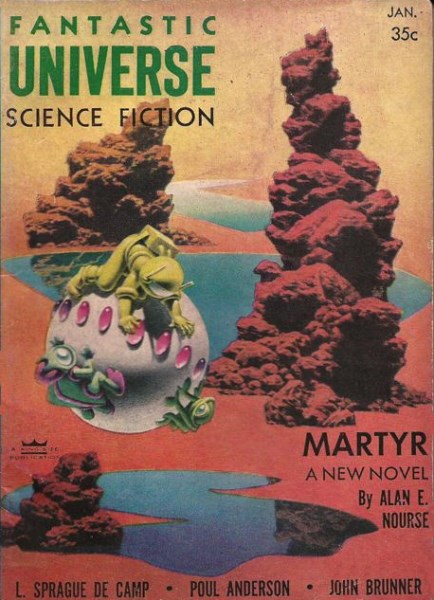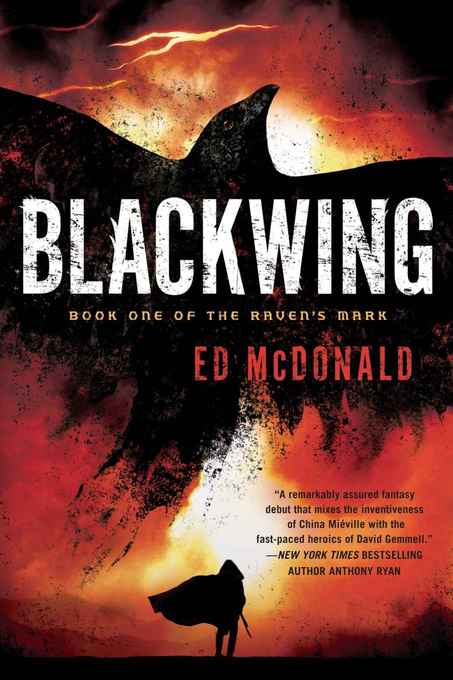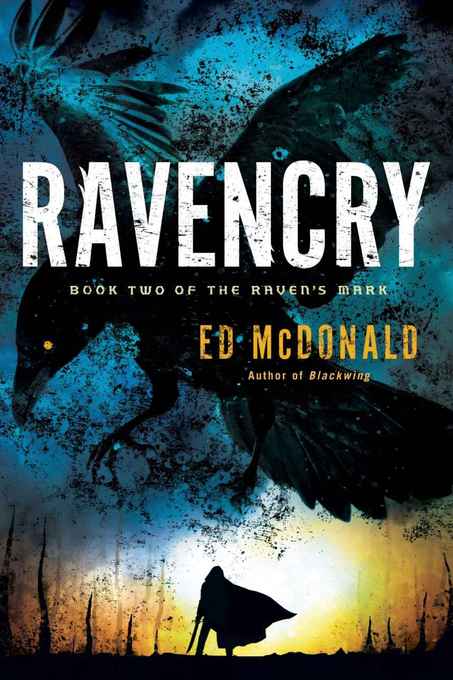That’s All (for now)

Over five years:
55 Short Story Roundups, each of at least four stories, making for a minimum of 220 reviewed. It’s probably at least half-again as many.
157 Book Reviews, including 11 books by Glen Cook, 7 by PC Hodgell, 7 by Andre Norton, 6 by TC Rypel
12 Essays
That’s how much I’ve written at Black Gate since my inaugural post, The Best New Sword & Sorcery of the Last Twelve Months. I should also add I co-wrote a review of Rafael Sabatini’s Captain Blood books with Howard Andrew Jones and conversed with Adrian Simmons and Chris Hocking on the subject of CJ Cherryh’s award-winning Downbelow Station. I’m happy with most of the posts I’ve written and actually proud of more than a few of them. I bring this all up because I’ve decided it’s time to hang up my sword for at least a little while. I’ve reached the point where readingreviewingediting every week has become a grind. In fact it’s been a bit of a hard slog for a while now, which is why I mixed things up with classic sci-fi last year and the entirety of Glen Cook’s Black Company series this year. Both of those undertakings were a lot of fun. It’s been years since I’ve read any of those books. Some, like Hal Clement’s Mission of Gravity, I had never read ever. Still, it wasn’t enough to thwart this hiatus.
Don’t get me wrong, most of the time doing these posts is a tremendous amount of fun. Discovering writers I didn’t know or had forgotten all about (or discovering those I had once loved who were better left forgotten) was a blast. If I hadn’t done these posts I probably would never have read Paul Kingsnorth or Tim Willocks or made friends with scores of fellow S&S fans out in the digital wild. Even the weakest books I read still offered me something: how to find the best parts of something bad and how to treat an author’s efforts with respect even if the end result was poor.
